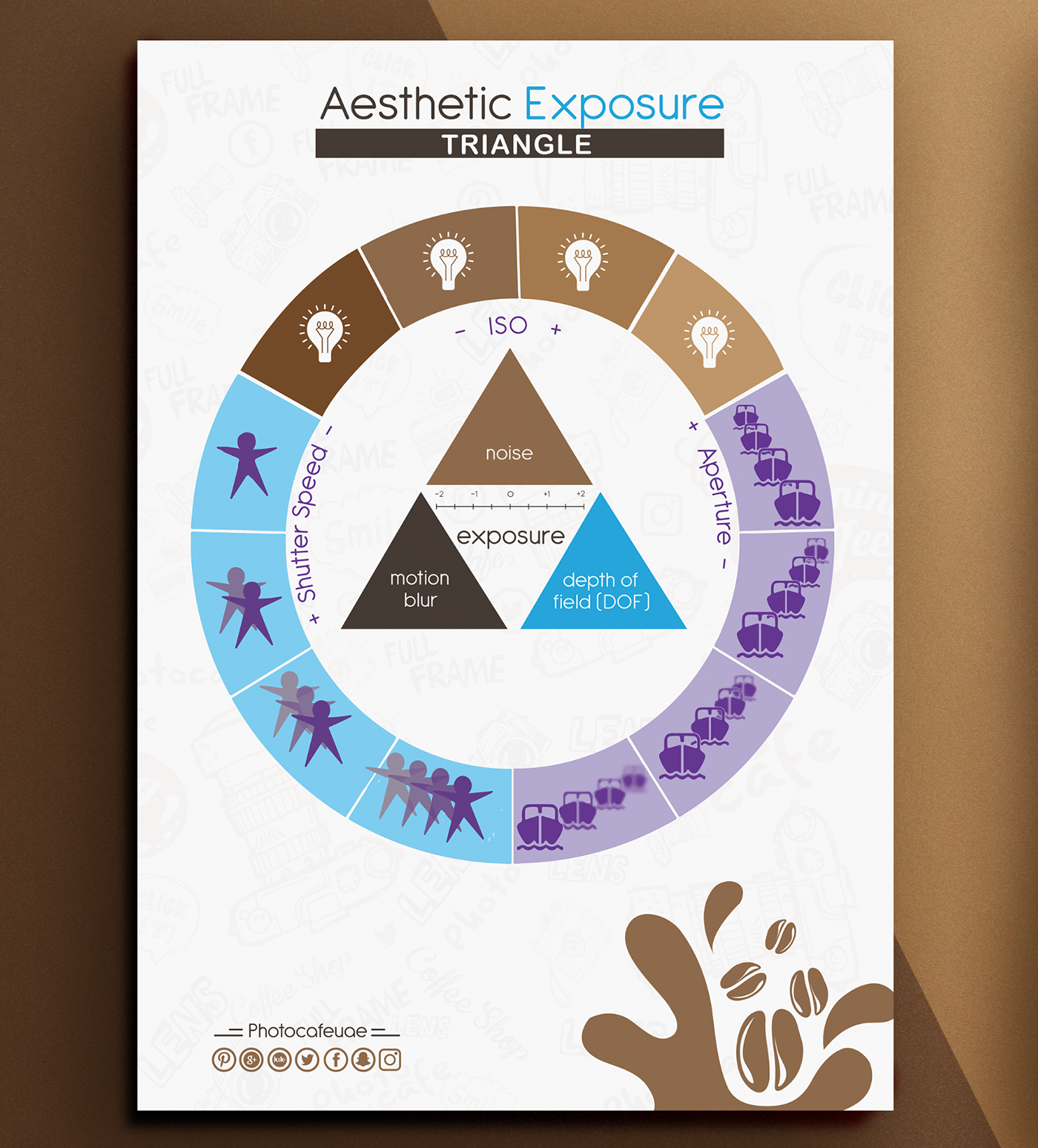Recognizing Structure: The Basics Every Professional Photographer Ought To Know
Recognizing Structure: The Basics Every Professional Photographer Ought To Know
Blog Article
Staff Writer-Hawkins Horowitz
When you grab your video camera, comprehending the essentials of composition can significantly boost your photography. Strategies like the Policy of Thirds, Leading Lines, and efficient framing aren't simply standards; they're essential tools that can transform your pictures from ordinary to thrilling. By grasping these principles, you'll find yourself catching not just images, yet tales that resonate. Yet what happens when you begin bending these rules? Discovering that can result in unforeseen and effective lead to your job.
The Policy of Thirds
Among the most important concepts in photography is the Policy of Thirds. This method assists you develop balanced and interesting make-ups, drawing the viewer's eye to one of the most essential components in your picture.
Picture separating your framework right into a grid of nine equivalent get rid of 2 horizontal and two upright lines. By placing your topic along these lines or at their junctions, you naturally improve your photo's aesthetic allure.
As opposed to focusing your topic, try positioning it off away. This technique introduces space and context, enabling viewers to discover the surrounding area.
For landscapes, place the horizon along the top or bottom 3rd line, highlighting either the sky or the land.
When you're capturing pictures, line up the subject's eyes along the leading third line for a more vibrant appearance.
Experimenting with the Policy of Thirds will bring about more engaging and professional-looking images.
Leading Lines
Harness the power of leading lines to assist your visitor's eye through the frame and produce a feeling of deepness in your digital photography.
Leading lines are all-natural or synthetic aspects that draw attention and lead the audience's gaze toward the primary subject. They can be anything from roads, rivers, fencings, or even shadows.
When you integrate leading lines, think about how they can boost your composition. Beginning by recognizing strong lines in your scene.
Placement on your own to utilize these lines properly, ensuring they cause your focal point. For instance, a pathway introducing a landscape can stimulate a feeling of trip and welcome the visitor to explore the scene.
Trying out various angles and perspectives. Often, shooting from a lower angle can create even more vibrant leading lines, while a greater viewpoint can provide a broader context.
Framework and Equilibrium
Framework and balance play critical roles in producing aesthetically compelling photos. When you mount your topic, you're basically creating a border that attracts the audience's eye straight to the centerpiece. You can make use of natural elements like branches, entrances, or windows to achieve this impact.
Don't ignore the power of framework; it includes deepness and context, making your photo more engaging.
Equilibrium, on the other hand, makes certain that your structure really feels secure and unified. You can accomplish equilibrium with balance or by distributing aesthetic weight uniformly across the framework. If you place a big subject on one side, consider including smaller sized aspects on the opposite side for it.
This technique avoids your image from really feeling lopsided and produces a sense of completeness.
Try out both mounting and equilibrium in your photography. Take several shots from different angles, readjusting exactly how you mount your subject and exactly how you disperse elements within the scene.
As https://blogfreely.net/kasey21wendell/how-to-construct-a-digital-photography-profile-that-sticks-out practice, you'll develop an instinctive understanding of exactly how to develop structures that resonate with viewers and stimulate emotion. Keep in mind, understanding these components can change an ordinary image right into a striking work of art.
Verdict
By understanding structure methods like the Policy of Thirds, Leading Lines, and Framework, you can elevate your digital photography to brand-new elevations. These principles aid you develop well balanced, appealing photos that attract audiences in and tell compelling tales. related resource site in mind to experiment and trust your reactions as you exercise these basics. With time and commitment, you'll change common shots into creative expressions that genuinely reverberate with your target market. Maintain shooting, and allow your creative thinking luster!
